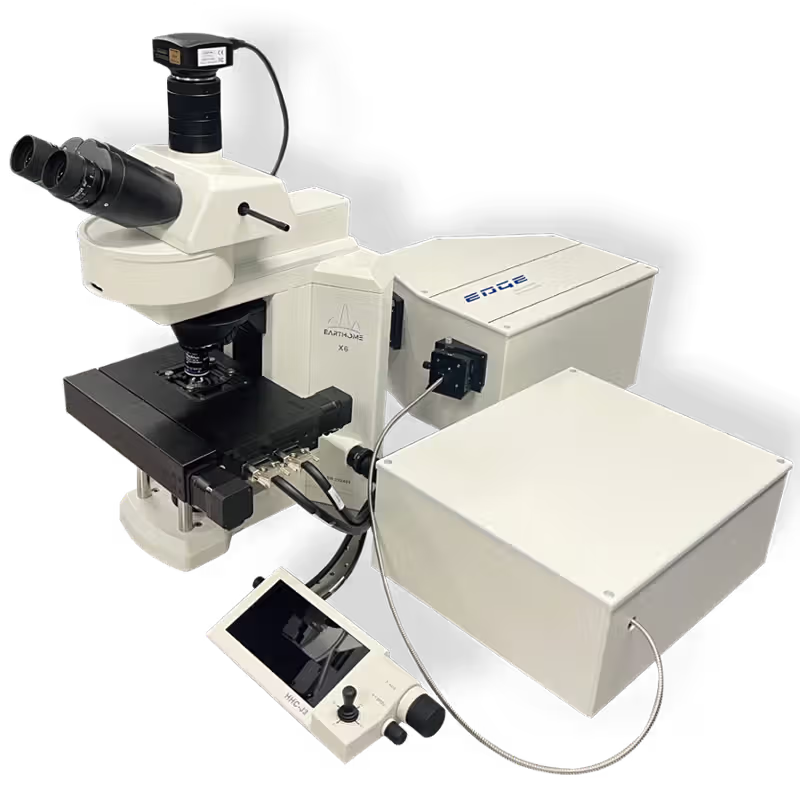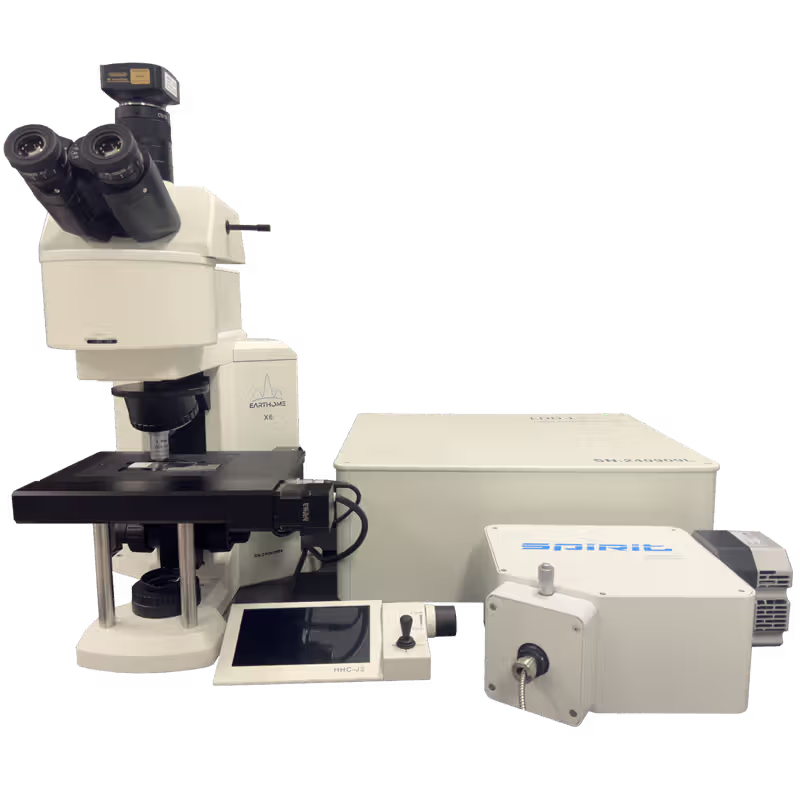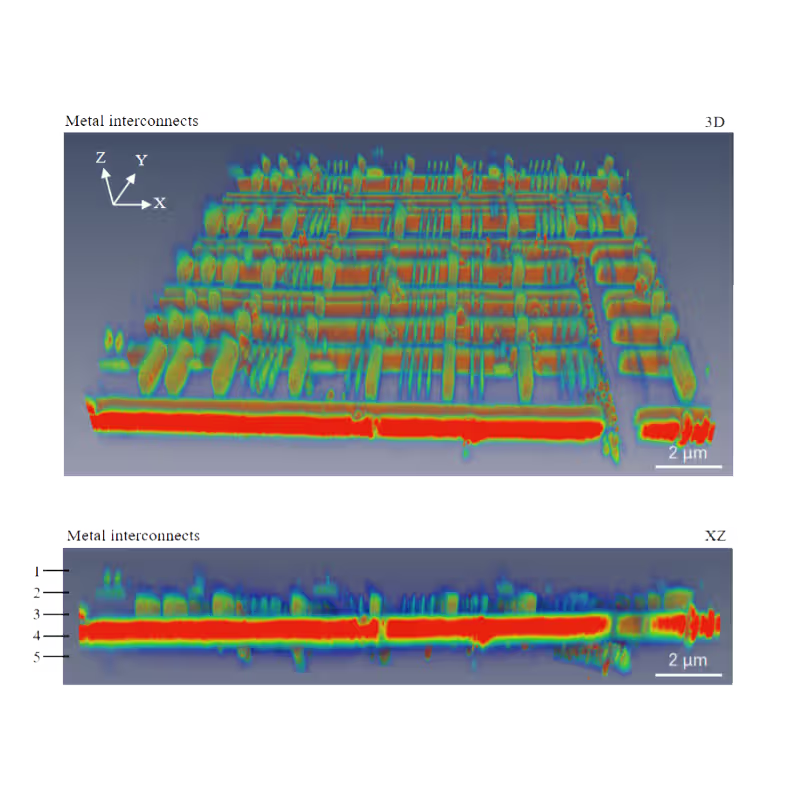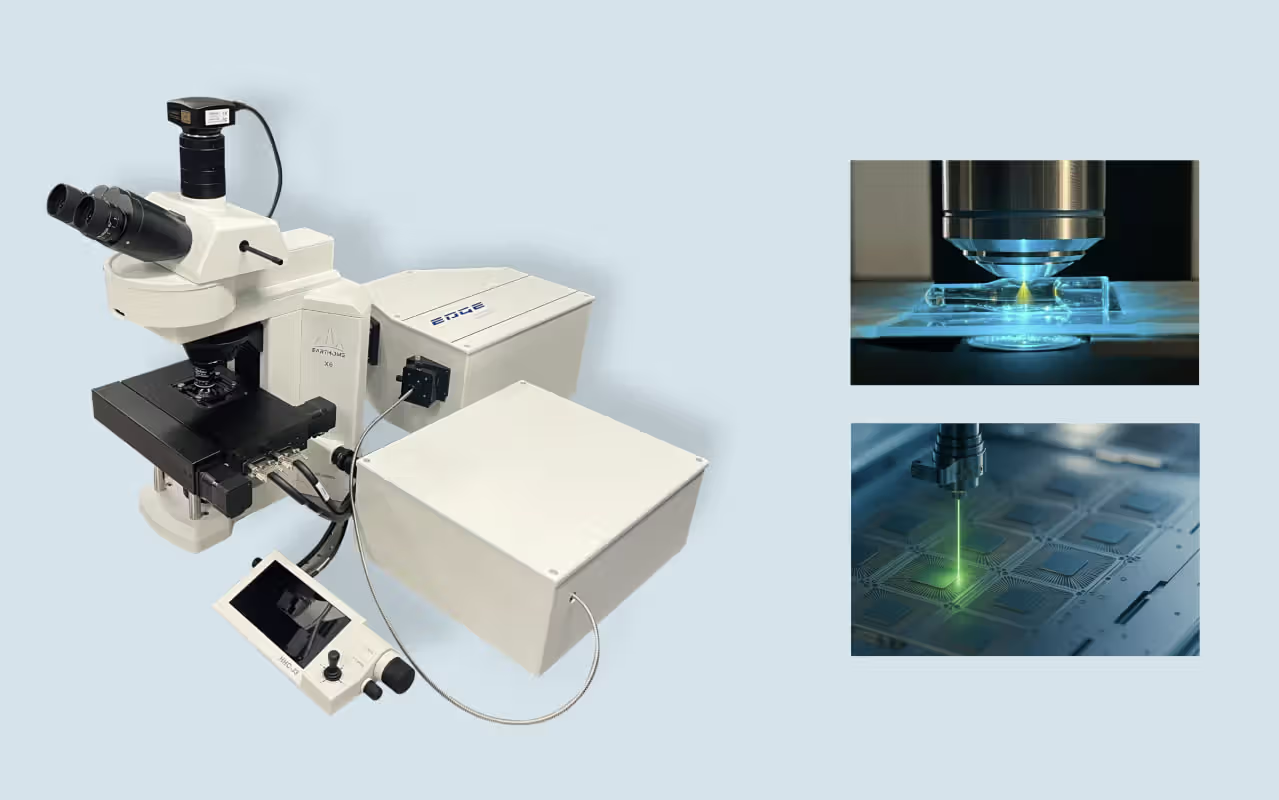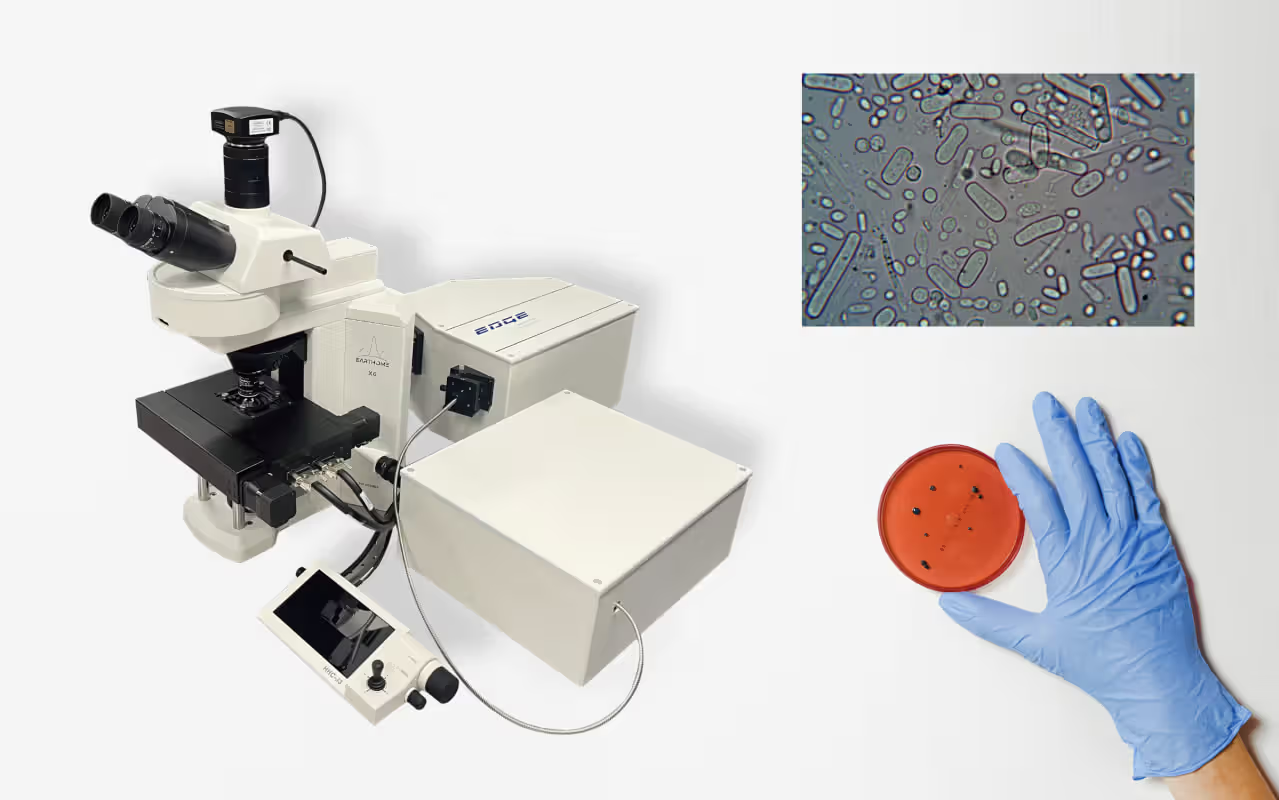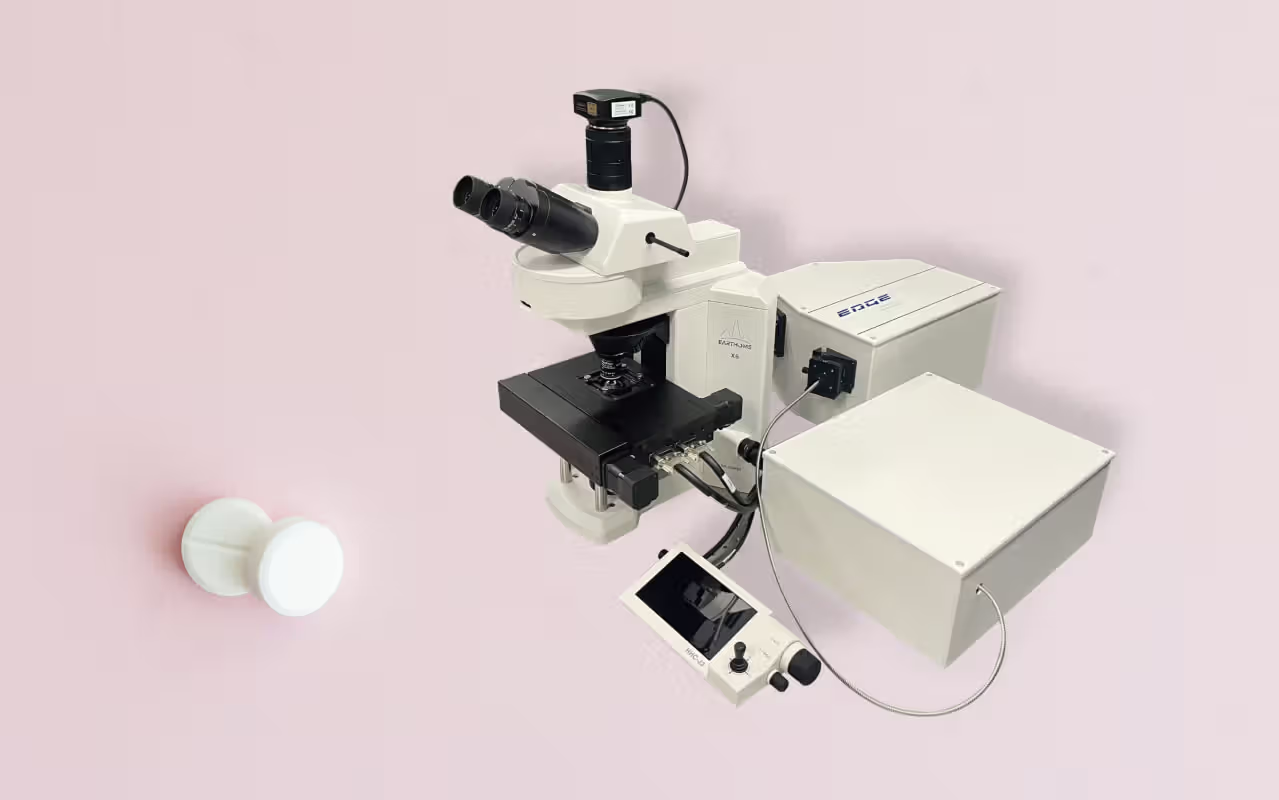Calculate the key parameters of a focused Gaussian beam, including the beam waist diameter and depth of focus.
Input parameter
Result
Diameter of the focused beam (2ω₀)
--
μm
Depth of field (DOF)
--
μm
Details of the calculation
| Wave length | -- |
| The beam radius at the lens position (ω) | -- |
| Focus beam radius (ω₀) | -- |
| Rayleigh length (ZR) | -- |
| Far-field divergence angle | -- |
Beam focusing schematic diagram
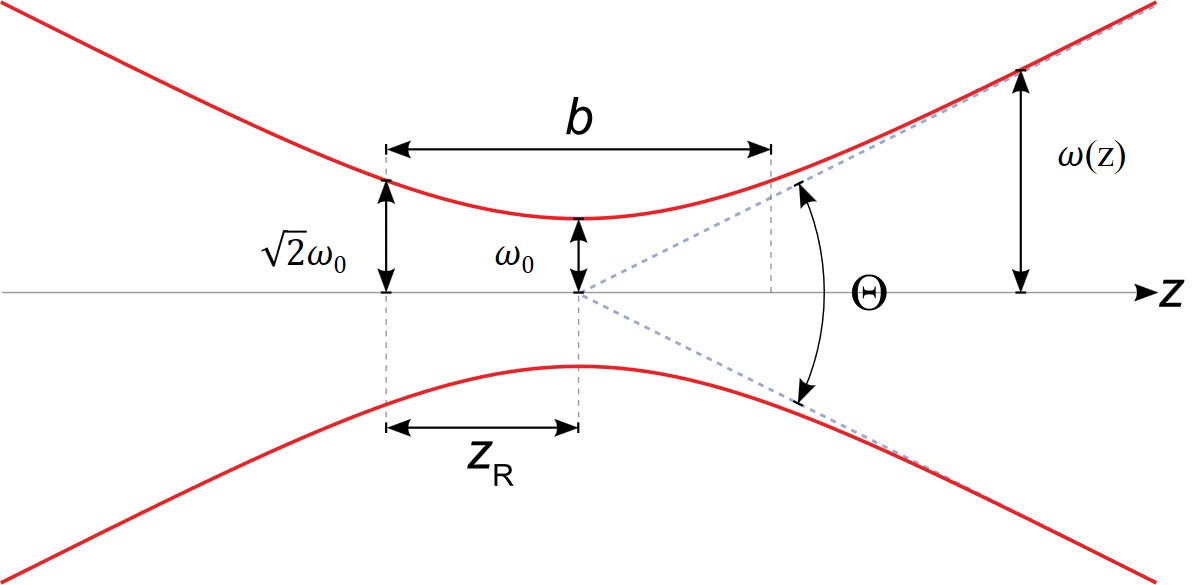
Detailed Explanation of Calculation Formula
variable declaration
Diameter of the focused beam

physical significance
The focal beam diameter is the minimum diameter that a Gaussian beam can reach after passing through a lens, and it is determined by the diffraction limit.
Key conclusion
- Proportional to the wavelength λ and the focal length EFL
- Inversely proportional to the diameter D of the incident light beam
- The larger the beam quality factor M² is, the larger the spot diameter will be.
- Reducing the wavelength or focal length, or increasing the diameter of the incident light beam can result in a smaller focused light spot.
Depth of field (DOF)

physical significance
Depth of field refers to the range within which the size of the light spot does not exceed √2 times ω₀ before and after the focal point. Within this range, the intensity of the light beam remains relatively stable.
Key conclusion
- Proportional to the square of the focal beam radius ω₀
- Inversely proportional to the wavelength λ
- Small light spots are usually accompanied by shallow depth of field, while large light spots have a deeper depth of field.
- In precision processing and high-resolution imaging, it is necessary to balance the relationship between the spot size and the depth of field.
The key relationship in optical design
The trade-off between spot size and depth of field
The size of the light spot and the depth of field are a pair of fundamental contradictions in optical system design. Reducing the size of the light spot usually requires increasing the numerical aperture (NA) or decreasing the focal length, but this will result in a shallower depth of field. In practical applications, it is necessary to balance the relationship between the two according to specific requirements.
The influence of beam quality
The beam quality factor M² reflects the degree to which the actual beam deviates from the ideal Gaussian beam. The larger the M² value, the worse the beam quality, the larger the focused spot, and the smaller the depth of field. For high-power lasers, a balance between power and beam quality usually needs to be considered.

